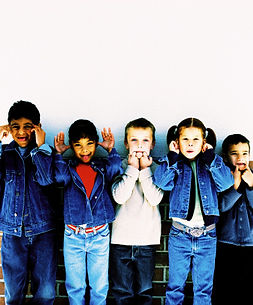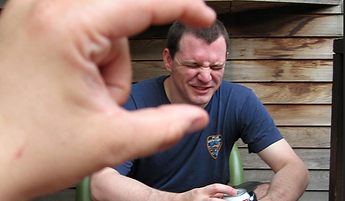

Miss Ross' 3rd grade Science Investigations @ P.K. Yonge Developmental Research school
3rd
grade
with Miss Ross
What are stars?
Before starting this unit it is important to gauge what your students already know. The best way I like to gauge knowledge is by creating a concept map. Popplet is a great platform to construct a concept map with a tablet, computer or SMARTBoard. This is also a great idea for a class post-test to review everything we've learned throughout the unit.
The next step is having students list properties of the sun that they can see and hear.
Pre-test
Light and Heat Science & Reading

For most students to understand just how close or far away a star is. This can be done in a lightbulb activity.
Engage: Tell a story about how the sun works like a light bulb.
Explore: Have students make observations about the non-energy efficient light bulb that has been on for 5 minutes. Some bulbs will be large and some will be small.
Explain: The teacher defines a star and how it emits light.
Elaborate: Have students create a table of how different colored light bulbs affect the amount of heat they produce.
Evaluate: Students identify which light bulb put out the most heat, and create their own definition of a star.

Jigsaw Activity
Science, Reading, Writing & Presentation
Students will use their science textbook and read with their table or group about the different classifications of stars. Each table will get a section of the text to read. Using their knowledge from the lightbulb activity they will keep in mind that different colors and sizes can affect the heat produced. Students will be taking notes on their star type and color so that they could present this information to their peers. Students will be completing this by making an iMovie on their group's tablet.
Constellation Myths Science, Social Studies and Reading

Engage: Students will read and hear the legend of Orion.
Explore: Students will be learning about the constellations around us by exploring the sky with the StarGazer app on their iPads trying to find Orion.
Explain: The teacher will then explain how cultures have different stories to explain the night sky such as the Greek and Roman Astrology myths.
Elaborate: Have students find another constellation in the sky with their app.
Evaluate: Each student will write a few ideas for their own constellations for a continuing project by creating their own constellation and myth.
Perspective Taking
Social Studies & Science
Students will be outside and discuss how large and small objects appear. This is relative distance and students will work with a partner and attempt to 'squish' their partner's head. The teacher will model what it is like to 'squish' someone's head between your fingers. Distance will be measured and recorded in the students' science notebooks. Then a discussion will take place about how distance changes perspective.
{ 1 }
{ 2 }
{ 3 }
{ 4 }
{ 5 }
//////////////////////////////////////////////////////////////////////////////////////////////////////////////////////////////
Watch from 0:00-0:47 for a basic definition of stars in comparison to our sun.


